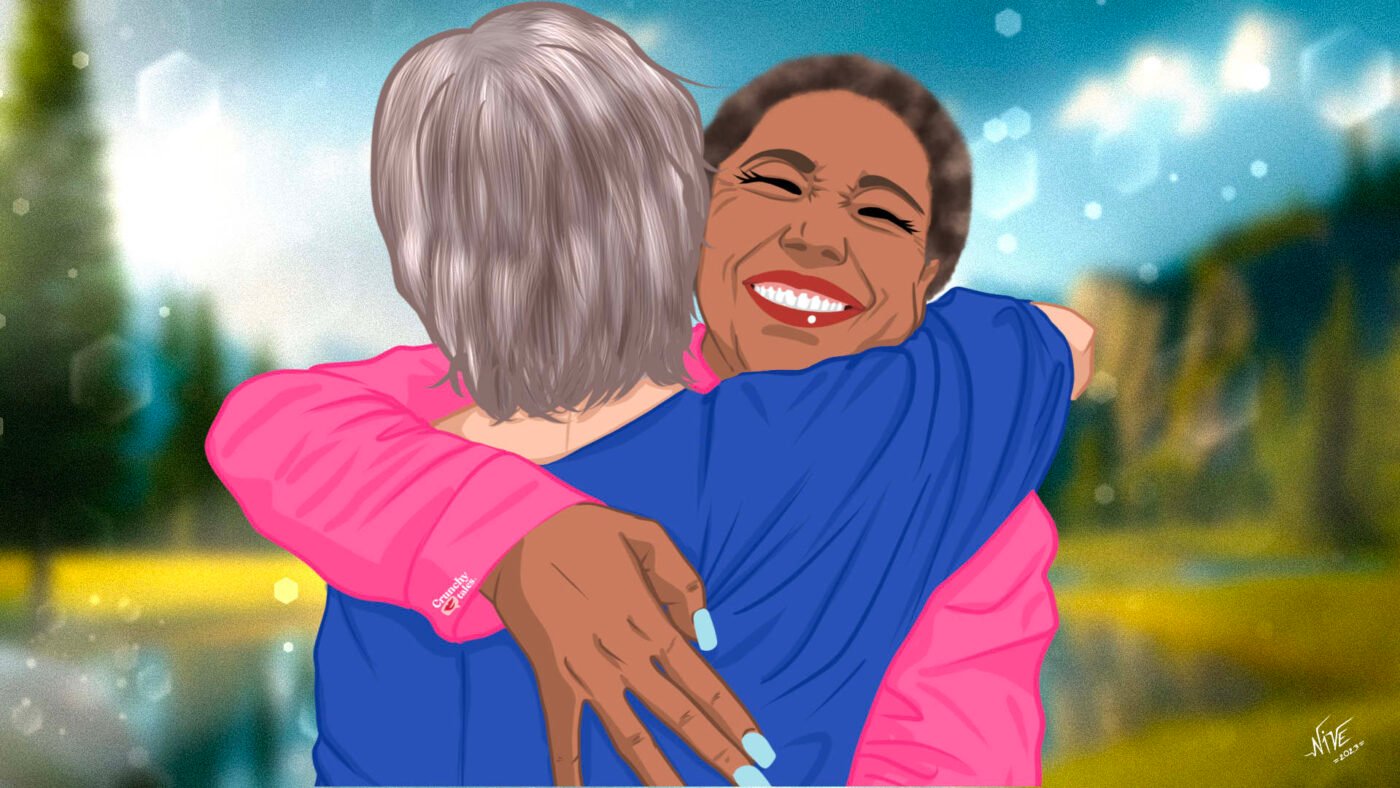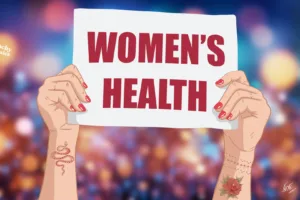Embracing Gratitude: How To Enjoy The Hottest Gift Of The Year
Not sure what to give those special loved ones on your holiday gift list? I have a simple, yet powerful suggestion: you can simply give gratitude this year. Not only is it free and we can all access it, but it also never sells out and it is guaranteed to make your loved ones (and you) truly happy.
There’s an old saying “It’s better to give than to receive.” In the case of gratitude, there’s a beautiful balance as it creates a meaningful connection between the giver and the receiver.
Besides, when you feel and share gratitude, it’s a gift that can transform your life. Absolutely, everyone loves receiving affirmations of love that come through when we simply say “thank you.”
How to add more gratitude in your life
The almost magical impact of gratitude in our lives has been the subject of an ever-expanding number of research studies, practices, books and songs.
The author of ‘The Gratitude Connection: embrace the Positive Power of Thanks’, Amy Collette shares her belief that “Gratitude is a powerful catalyst for happiness. It’s the spark that lights a fire of joy in your soul.”
Both despite and because of our life’s challenges and struggles, our appreciation for everyday simple moments, miracles and precious people in our lives has been scientifically proven to fuel our happiness, and our health, and instil meaning in our lives.
How does it do this? It stimulates two important regions in our brains: the hypothalamus, which regulates stress, and the ventral tegmental area, which plays a significant role in the brain’s reward system which produces feelings of pleasure.
As a result of that, gratitude is one of the most powerful tools in our self-care toolbox to:
- feel happier, optimistic and more empathetic
- have deeper connections in your relationships with friends, family and co-workers
- increase self-esteem (and have less FOMO!)
- improve your physical and mental health
For example, simply journaling for five minutes a day about what we are grateful for can enhance our long-term happiness by over 10%!
Simple acts of gratitude
Counting your blessings can help you recognize the miracles that surround you, celebrate the good, reframe the bad, cherish those you love, and feel pure happiness.
Here are some simple acts of gratitude for you to consider.
- Prepare a “thank you” list
In a study, Drs. Wong and Brown of Indiana University revealed that simply saying “thank you” may have lasting effects on the brain and our perspective of life.
This one is especially helpful for those of us who have a niggling feeling of dread in anticipation of spending time with family over the holidays. Inevitably, some crazy dynamics and emotional dances can make time with your loved ones challenging and stressful.
This year, before you get together with family, spend some thoughtful time writing a list of each person’s qualities or shared experiences that you are grateful for (this is possible for even the most disagreeable relatives!) This will not only prepare you and put you in a more positive mindset; if you share your thoughts with them, you’ll make their day and create a memorable time.
- Share a virtual smile
Smiling really can make people feel happier. Against a backdrop of disagreement from many in the industry, a team of researchers at the University of Tennessee, Knoxville and Texas A&M combined data from 138 studies testing more than 11,000 participants from around the world and found that facial expressions do, in fact, have an impact on our feelings.
Voluntary and involuntary smiles (real and fake ones) both have the same effect on brain activity. And, by the way, scowling makes people feel angry and frowning makes them feel sad. So, smile your way through your day, even if you hit some roadblocks or speed bumps along the way.
Each morning, just after I wake up, I like closing my eyes and thinking of a person that I am grateful for; my dear daughter who’s about to start her first job (her dream job!), the man at the gas station checkout who told me a beautiful story about his hike in the woods, a dear friend who is and has always been there for me.
This practice is very easy and takes less than 15 seconds. Just think of and envision the person you are grateful for, then imagine and see them receiving your smile and smile back to you.
This simple act will create a wonderful reaction inside you; a warm feeling in your heart that will push back stress and negativity, and stay with you throughout the day.
- Journaling
Gratitude journaling is recommended in almost every book on the subject. Because it simply works.
Personally, I credit my nightly gratitude journaling as a significant contributor to my healing and fierce sense of optimism as I journeyed through several life traumas.
After all of the years that were ruled by my productivity junkie, I finally slowed down to notice and truly appreciate the simple yet profound miracles in my life.
My own nightly gratitude journaling began about five years ago, after my cancer diagnosis. A dear friend gave me a beautiful journal and, each night I wrote about the simple miracles of that day that I was thankful for; the glowing yellow colour of the goldfinches that swirled around the bird feeder while I sat on my porch with my morning coffee, the sweet and tart taste of the fresh blueberries we picked the day before, the serendipity of a chance meeting or phone call from an old friend I had just been thinking about that day, and my daughter’s laughter from the other room.
I believe that this simple act played a big part in saving my life, shifting my mindset from one of fear and anxiety to one of deep appreciation and optimism.
Tonight, before you put your head down on your pillow, as well as write your to-do list, processing the issues of the day or worries of tomorrow, review the day’s highlights and aha’s and also write a list of three things that you are grateful for. You will sleep much better.
In closing, I hope you’ll unwrap and share the gift of gratitude with yourself and others this holiday season. You’ll be thankful that you did.
Are you a grateful person? A Gratitude Questionnaire This simple six-item questionnaire was developed by Emmons, McCullough, and their colleague Tsang, and used in their 2002 article on gratitude and the “grateful disposition.” Take a look at the statements below and rate each from 1 (strongly disagree) to 7 (strongly agree), with two reverse-scored items. The total score (between 6 and 42) indicates your “GQ-6 score” , with higher numbers indicating a more grateful outlook on life.
“I have so much in life to be thankful for.” “If I had to list everything that I felt grateful for, it would be a very long list.” “When I look at the world, I don’t see much to be grateful for.” “I am grateful to a wide variety of people.” “As I get older I find myself more able to appreciate the people, events, and situations that have been part of my life history.” “Long amounts of time can go by before I feel grateful to something or someone.”
As a benchmark for comparing your score to others, if you scored below 35 out of the possible 42, your gratitude level is in the bottom 25% of participants. If you scored 42, you are in the top 13% of participants. Whatever your score is, you can improve it, along with your feeling of well-being by trying some of the simple practices I’ve listed below.
Like this post? Support Us or Sign up to our newsletter to get more articles like this delivered straight to your inbox!


 Diana Place is the founder of Third Act Quest, which helps people design their “third act” life plans or work through specific challenges and important transitions in life or work. Her 35-year professional career includes a decade in Boston with a leading international marketing and ad agency; and ten years with America Online (AOL-Time Warner) in the exciting early days of the internet that culminated in a role as senior vice president. She has also started three entirely different entrepreneurial ventures. In her fifties, she found herself at a powerful transition point. Despite the coinciding emotional challenges surrounding a cancer diagnosis, closing her latest entrepreneurial venture, and becoming an empty nester, she was filled with deep gratitude, joy and a reignited passion for this next phase of her life.
Diana Place is the founder of Third Act Quest, which helps people design their “third act” life plans or work through specific challenges and important transitions in life or work. Her 35-year professional career includes a decade in Boston with a leading international marketing and ad agency; and ten years with America Online (AOL-Time Warner) in the exciting early days of the internet that culminated in a role as senior vice president. She has also started three entirely different entrepreneurial ventures. In her fifties, she found herself at a powerful transition point. Despite the coinciding emotional challenges surrounding a cancer diagnosis, closing her latest entrepreneurial venture, and becoming an empty nester, she was filled with deep gratitude, joy and a reignited passion for this next phase of her life.


